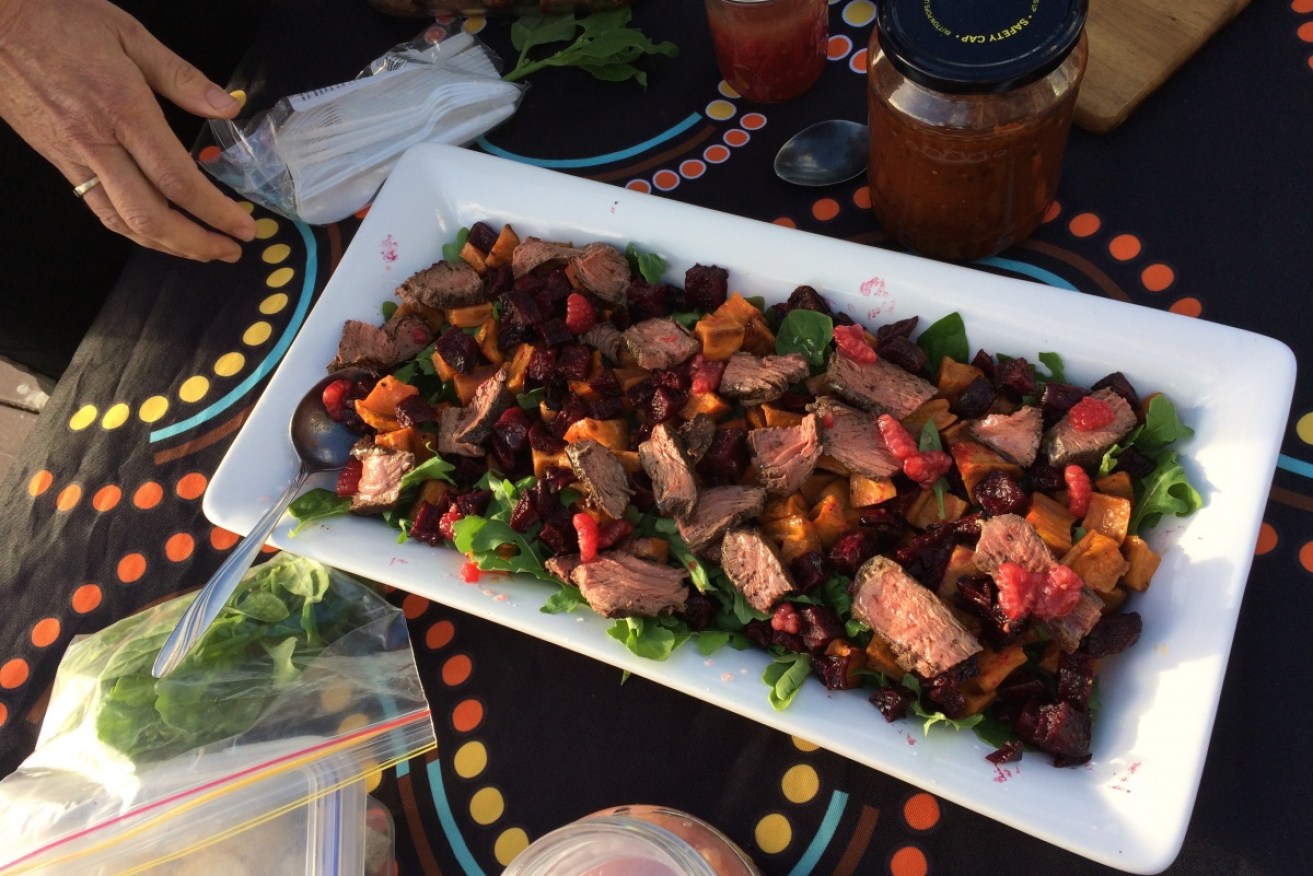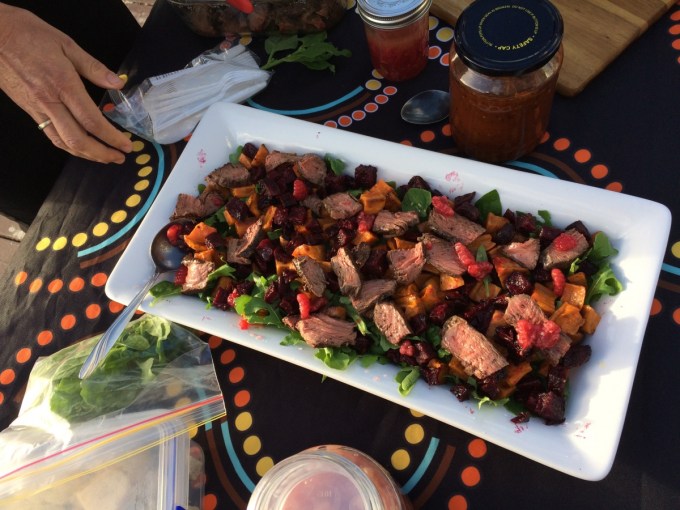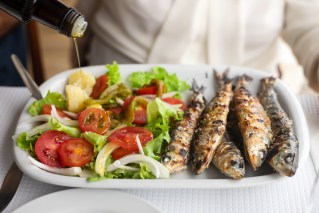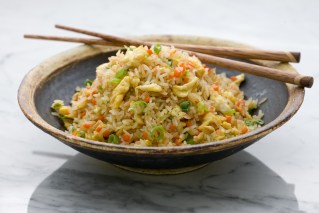High antioxidants, vitamins: The Australian bush tucker diet you should try


Cooks have an array of unique flavours at their fingertips by using native produce. Photo: Alana Mitchelson
When you think of Australian bush tucker, the first thing that probably springs to mind is witchetty grubs.
But stereotypes aside, the term ‘bush tucker’ in fact describes the diverse range of animals, like kangaroo, and plants – including berries, nuts and herbs – native to Australia.
This includes the unique fragrances of lemon myrtle, wattleseed, lilly pilly, strawberry gum leaves, pepper berry and midgen berry – some of which are higher in antioxidants than blueberries.
It is these native flavours that first come to mind for bush tucker expert Paula Nihot when contemplating ‘Australian cuisine’ – not the dull (yet classic) Aussie meat pie or sausage roll.
She takes pride in Australia being abundant in edible delights, naturally growing amid our bushland areas and coastlines.

Coastal pigface grows near the beach and holds sand dunes in place. Photo: Alana Mitchelson
Ms Nihot is passionate about breaking the stigma associated with the term ‘bush tucker’ and spreading the word about its surprising health benefits.
She also says these ingredients are too often absent from chefs’ menus and could enrich Australia’s restaurant scene.
In a demonstration at the beach at Broadbeach, Gold Coast, Ms Nihot unveiled a tasting platter with a selection of her favourite native ingredients – grown in her own garden and used in everyday cooking.
Some examples are lemon myrtle shortbread, a kangaroo salad with warrigal greens and native raspberry vinaigrette, a bush tomato and curry myrtle chutney, a lilly pilly and apple sauce and a wattleseed damper.
Suddenly – mid-demonstration – something caught her eye and she wandered off along the beach, gesturing towards a small succulent growing wild in the sand dunes.
“This is pigface,” she explained, breaking off a small handful and snapping one of its leaves in half to collect the subtly, salty juices of the plant in the palm of her hand.
“I often cook this in a stir fry with vegetable but you can also eat it fresh in salads.”
A selection of Paula’s favourite native flavours
Cooking ‘Australian cuisine’
Ms Nihot told The New Daily she would encourage all Australians to – like her – grow native plants in their gardens for use in home cooking to create modern meals with traditional and uniquely Australian flavours.
Her personal gardening policy is: “Only plant it if you can eat it.”
“You don’t have to be a great gardener either, because the plants are from here,” she said.
“In Australia, our soil is not very good, so the plant has to produce everything it needs itself.
“It’s all about learning about what plants grow in your area, which ones you can eat and how you can use them in everyday meals.”
Health benefits
Some of these fruits even contain more antioxidants than blueberries, such as midgen berries and the Davidson plum.
“These accessible plant varieties are high in antioxidants, and include a range of antimicrobial and antibacterial properties, as well as vitamins and minerals,” Ms Nihot said.
“They also encourage seasonal eating, ensuring we get a variety of foods and their nutritional content all year round.”
She added that meats, such as kangaroo, are lean and high in iron.
Increased use of native produce could also bring economic benefits to Australia if chefs exploit its unique flavours in their cooking.
Former chef and chair of the Australian Native Food and Botanicals board Amanda Garner says she would like to see more native ingredients incorporated into Australian dining.
“It’s a treasure trove of new discoveries and with each new product, to us there is a unique Aboriginal cultural story that holds thousands of years of history attached to its significance, bringing with it a whole lot more than a flavour to respect,” she said.
“There is also a huge opportunity for many of our traditional indigenous Australian foods to bring long-term trends in the superfoods world.”
Find out what produce is native to your state
Victoria
- Yam daisy – a perennial herb with yellow flowers
- Pepperberry – its leaves, stems and berries have an aromatic peppery taste, found in the Otways and Gippsland regions
- Quandongs – from northern Victoria to the South Australian border
- Midgen – berries mainly from Gippsland, high in antioxidants
- Edible wattles – growing in all regions of Australia each with unique flavour profiles
New South Wales – the ‘home of native citrus’
- Finger limes – in the Northern Rivers region
- Anise myrtle – has a strong liquorice flavour
- Lilly pilly berries – a tart, cranberry-like flavour
- Macadamia nuts – native to the Lismore area
- Wattleseed – eaten green or dried to make damper
- Dorrigo pepper – sharp, spicy flavour
Queensland
- Lemon aspen – tropical forests of northern Queensland
- Lemon myrtle – a fresh fragrance of lemon and lime
- Davidson plum – native to south-east Queensland
- Native tamarind – a yellow fruit with sharp-flavoured orange pulp
- Bunya nuts – native to south-eastern Queensland
Alana Mitchelson was invited to the Gold Coast as a guest of Tourism and Events Queensland during the 2018 Commonwealth Games.
















